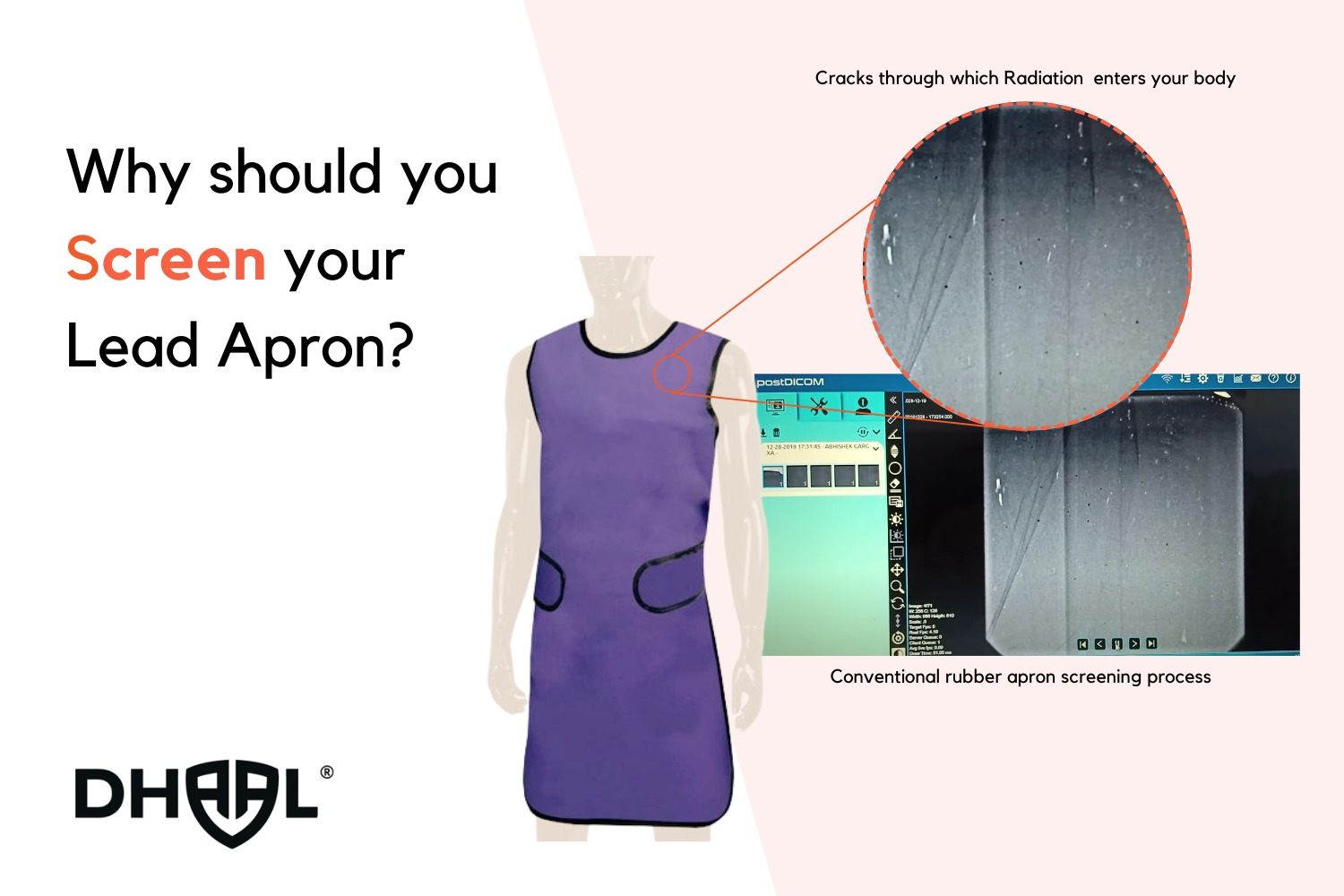
While lead aprons can be effective in reducing radiation exposure, they do have some limitations that healthcare workers should be aware of.
These limitations include:
Limited protection from scatter radiation: Lead aprons are designed to protect healthcare workers from direct exposure to ionizing radiation, but they may not provide sufficient protection from scatter radiation. Scatter radiation is radiation that bounces off of surfaces and can come from any direction, including from below and behind the worker. Other forms of PPE, such as thyroid shields and lead glasses, may be needed to protect workers from scatter radiation.
Heavy and uncomfortable: Lead aprons can be heavy and uncomfortable to wear, which may make it difficult for workers to move around and perform their job duties.
Limited coverage area: Lead aprons only protect the area of the body that they cover. Depending on the type of medical procedure being performed, workers may need additional PPE, such as lead gloves or aprons that cover the neck and thyroid.
Not suitable for all types of radiation: While lead is effective in stopping many types of ionizing radiation, it may not provide sufficient protection against all types of radiation, such as gamma rays or high-energy particles.
Regular maintenance and inspection: Lead aprons require regular inspection and maintenance to ensure they provide adequate protection. The aprons should be regularly inspected for signs of wear or damage and replaced as needed.
Overall, lead aprons are a useful tool for reducing radiation exposure, but they should be used in combination with other protective measures, and their limitations should be taken into account when determining the appropriate PPE for a given medical procedure.



